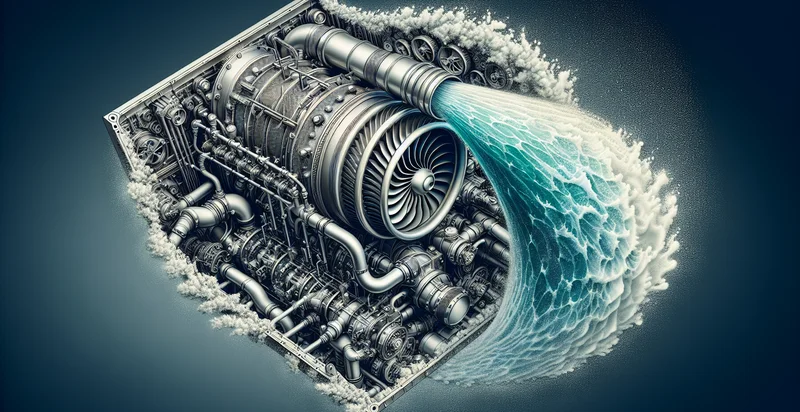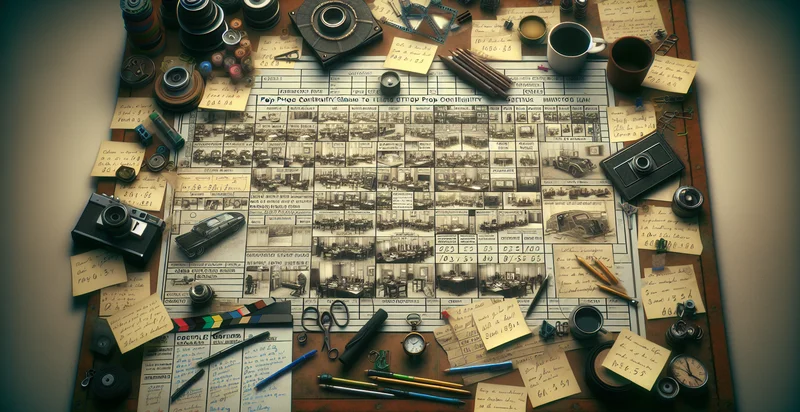Identify intake design
using AI
Below is a free classifier to identify intake design. Just upload your image, and our AI will predict what type of intake design it is - in just seconds.

Contact us for API access
Or, use Nyckel to build highly-accurate custom classifiers in just minutes. No PhD required.
Get started
import nyckel
credentials = nyckel.Credentials("YOUR_CLIENT_ID", "YOUR_CLIENT_SECRET")
nyckel.invoke("intake-design", "your_image_url", credentials)
fetch('https://www.nyckel.com/v1/functions/intake-design/invoke', {
method: 'POST',
headers: {
'Authorization': 'Bearer ' + 'YOUR_BEARER_TOKEN',
'Content-Type': 'application/json',
},
body: JSON.stringify(
{"data": "your_image_url"}
)
})
.then(response => response.json())
.then(data => console.log(data));
curl -X POST \
-H "Content-Type: application/json" \
-H "Authorization: Bearer YOUR_BEARER_TOKEN" \
-d '{"data": "your_image_url"}' \
https://www.nyckel.com/v1/functions/intake-design/invoke
How this classifier works
To start, upload your image. Our AI tool will then predict what type of intake design it is.
This pretrained image model uses a Nyckel-created dataset and has 34 labels, including Artistic, Asymmetrical, Budget-Friendly, Collapsible, Compact, Contemporary, Custom, Double, Eight and Ergonomic.
We'll also show a confidence score (the higher the number, the more confident the AI model is around what type of intake design it is).
Whether you're just curious or building intake design detection into your application, we hope our classifier proves helpful.
Related Classifiers
Need to identify intake design at scale?
Get API or Zapier access to this classifier for free. It's perfect for:
- Product Quality Assurance: The false image classification function can be integrated into quality control processes to automatically identify defective products in manufacturing. By analyzing visual data, it can reduce the reliance on manual inspections, thereby increasing efficiency and ensuring that only products meeting quality standards are delivered to customers.
- Social Media Content Moderation: This function can be employed by social media platforms to detect and classify false or misleading images shared by users. By automatically flagging such content for review, platforms can enhance user experience and prevent the spread of misinformation.
- Healthcare Imaging Verification: In medical imaging, the function can assist radiologists by classifying images to identify potential errors or inconsistencies in diagnostics. This could lead to improved patient outcomes through more accurate diagnoses and reduced risk of misinterpretation.
- E-commerce Image Authenticity: E-commerce websites can utilize the false image classification function to verify the authenticity of product images uploaded by sellers. This ensures that customers see accurate representations of products, helping to reduce returns and increase trust in the platform.
- Security Surveillance Analysis: Security systems can integrate this classification function to analyze and classify images from surveillance cameras. By identifying false images or anomalies, it can help in detecting potential security threats or fraudulent activities in real-time.
- Educational Technology Assessment: Educational institutions can use this function in assessment tools to verify the authenticity of images submitted by students for assignments. This helps in maintaining academic integrity and ensuring that students submit original work.
- Art Authenticity Verification: Galleries and auction houses can implement the false image classification function to determine the authenticity of artworks. By analyzing images of art pieces, it can aid experts in identifying forgeries and protecting the value of genuine works.


